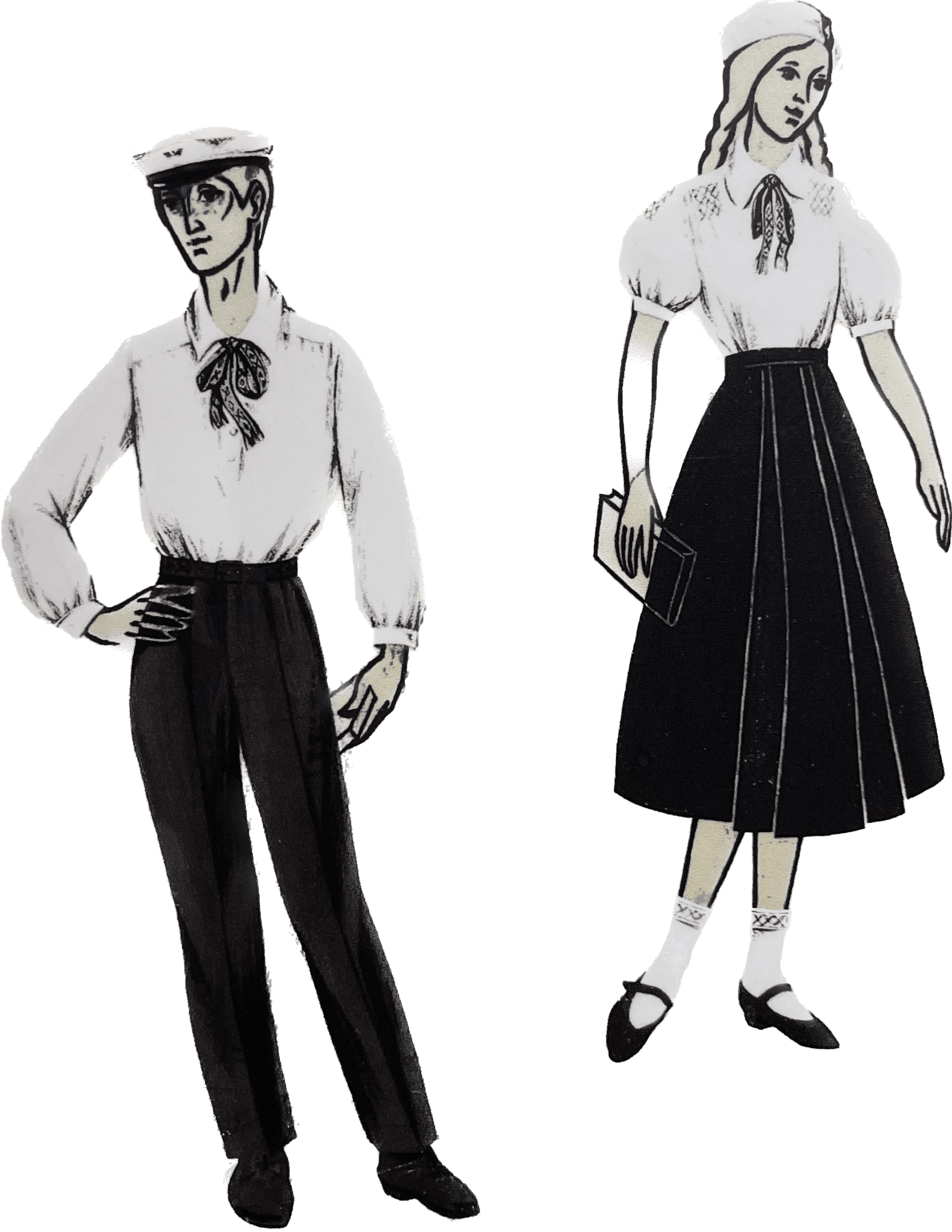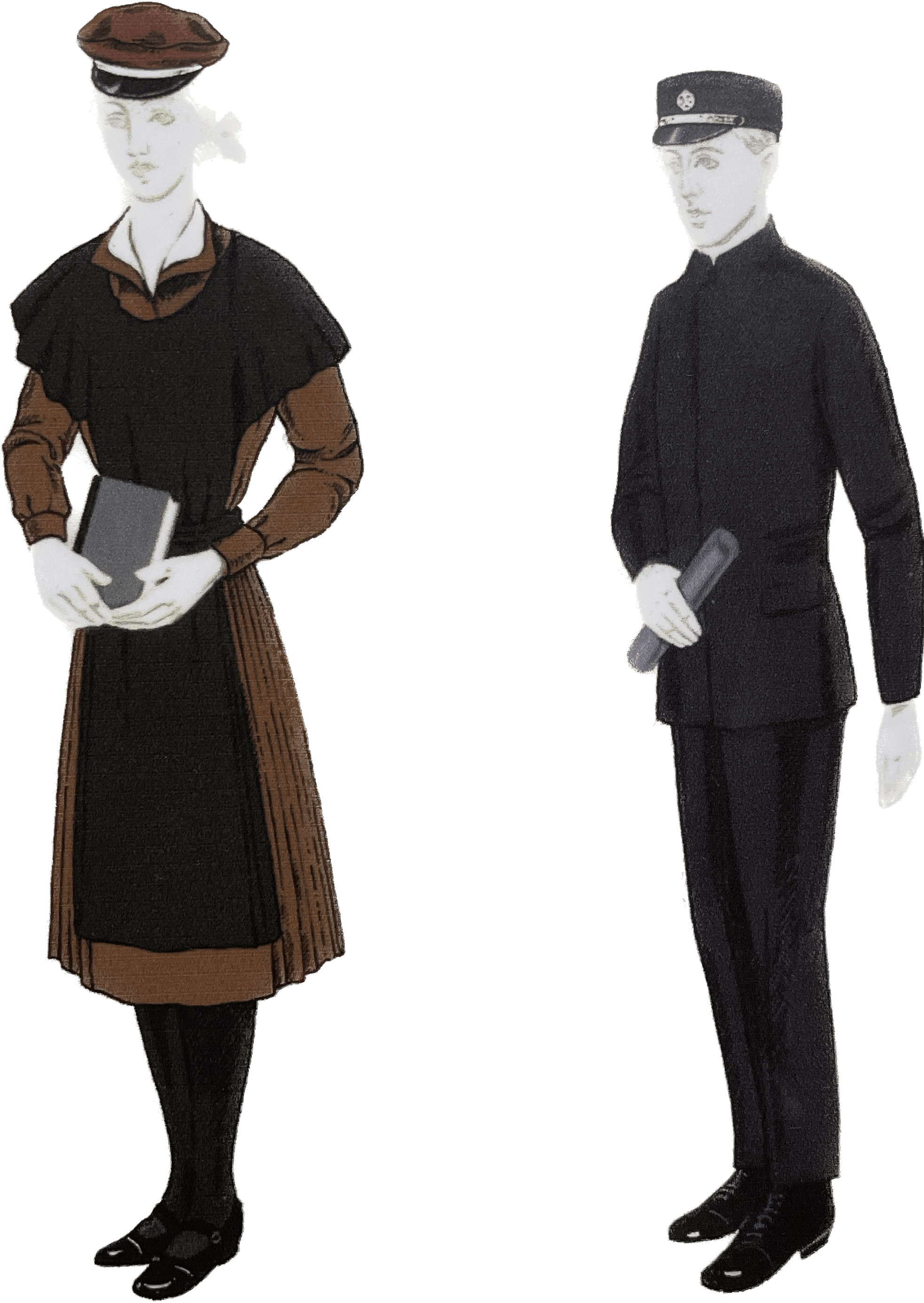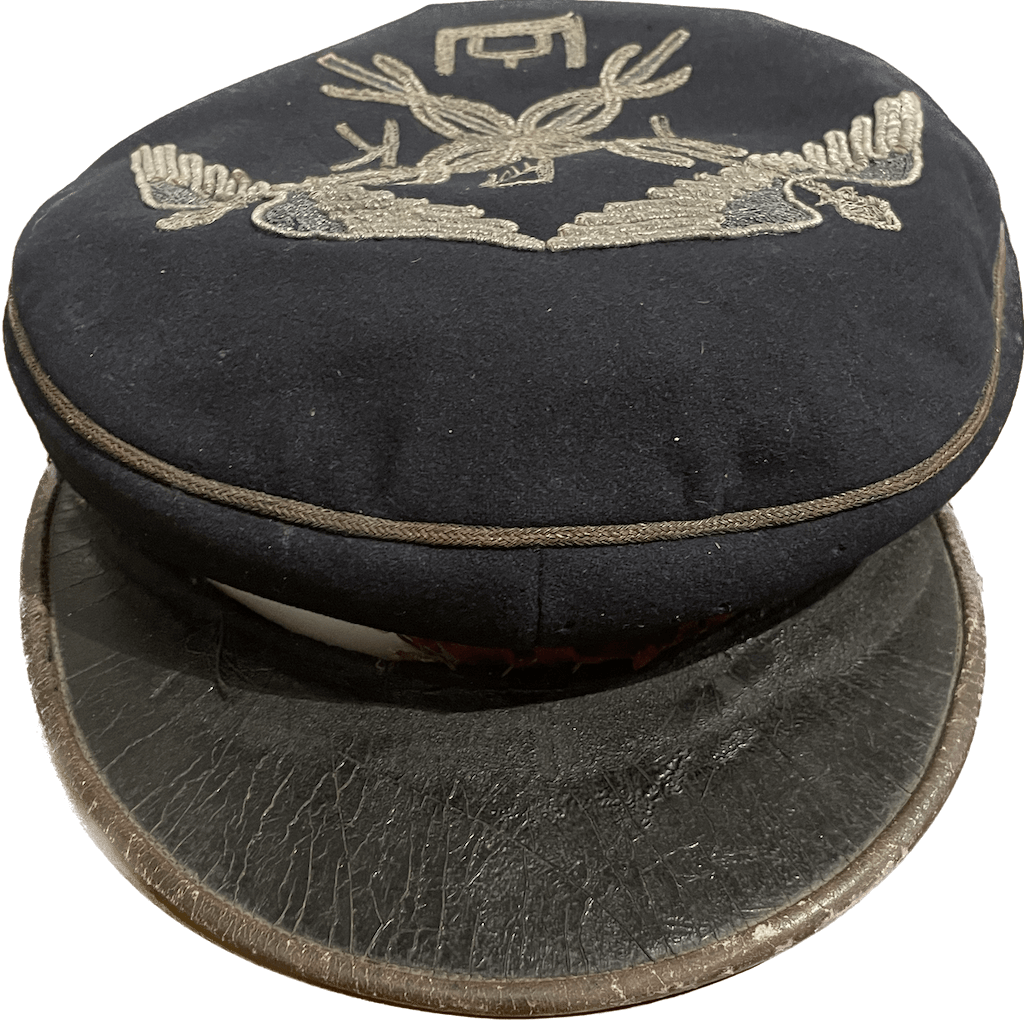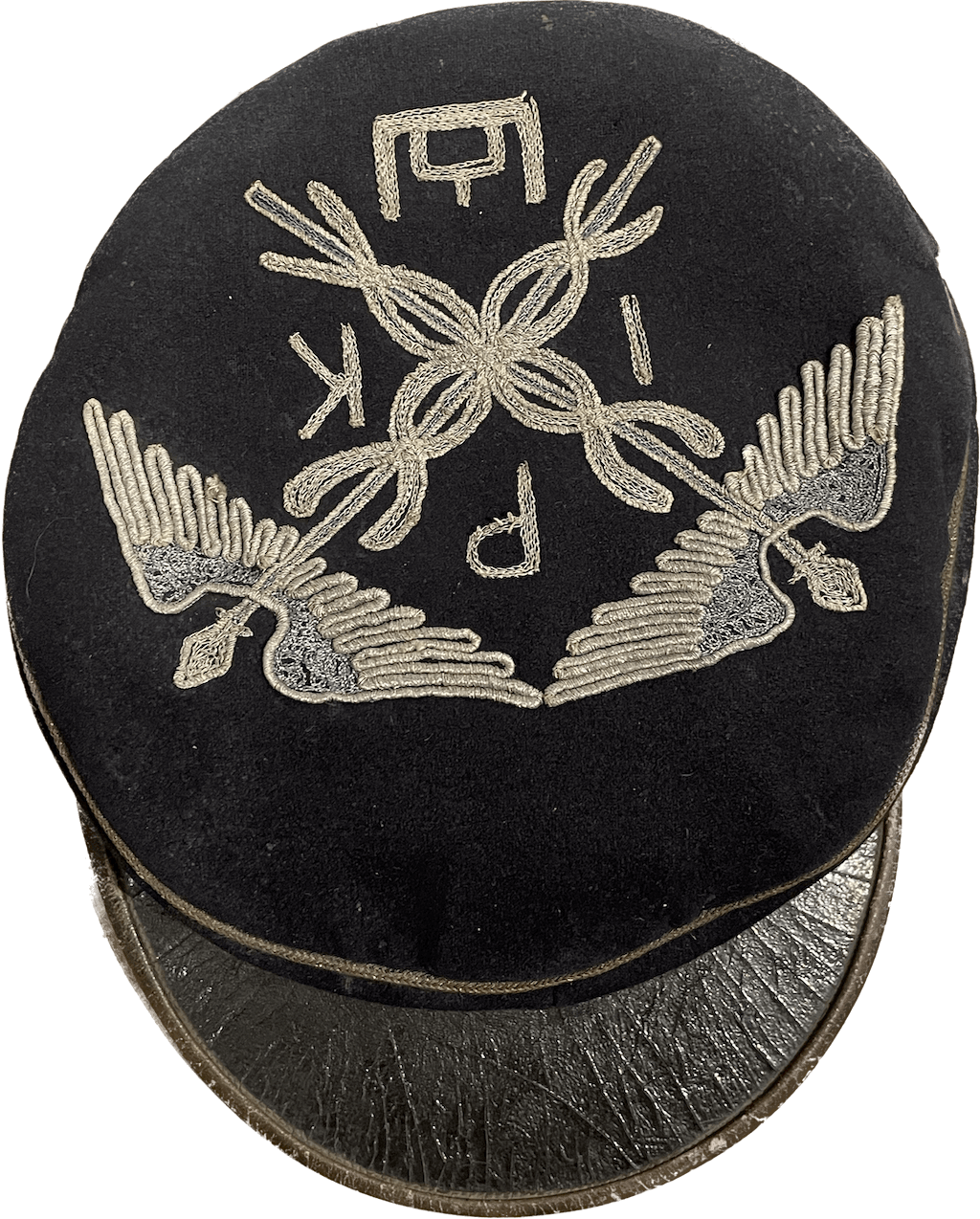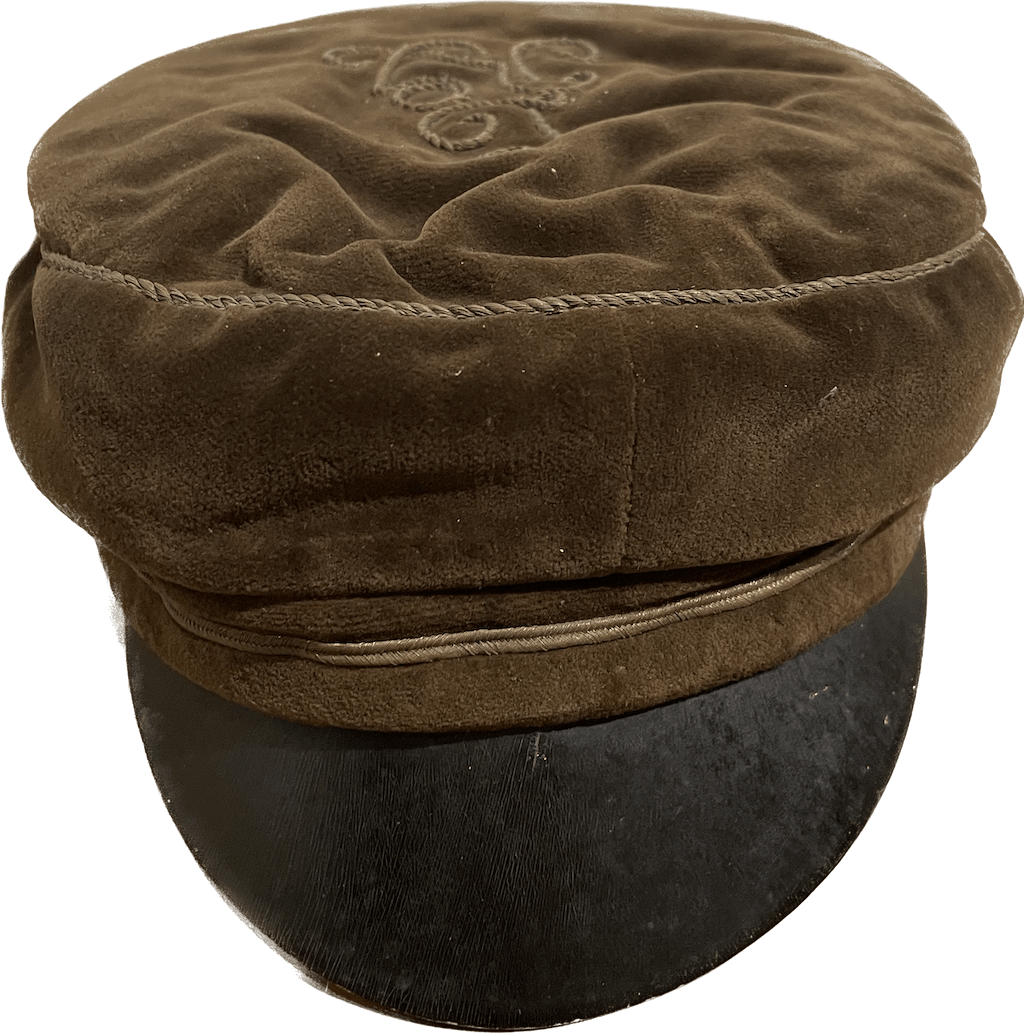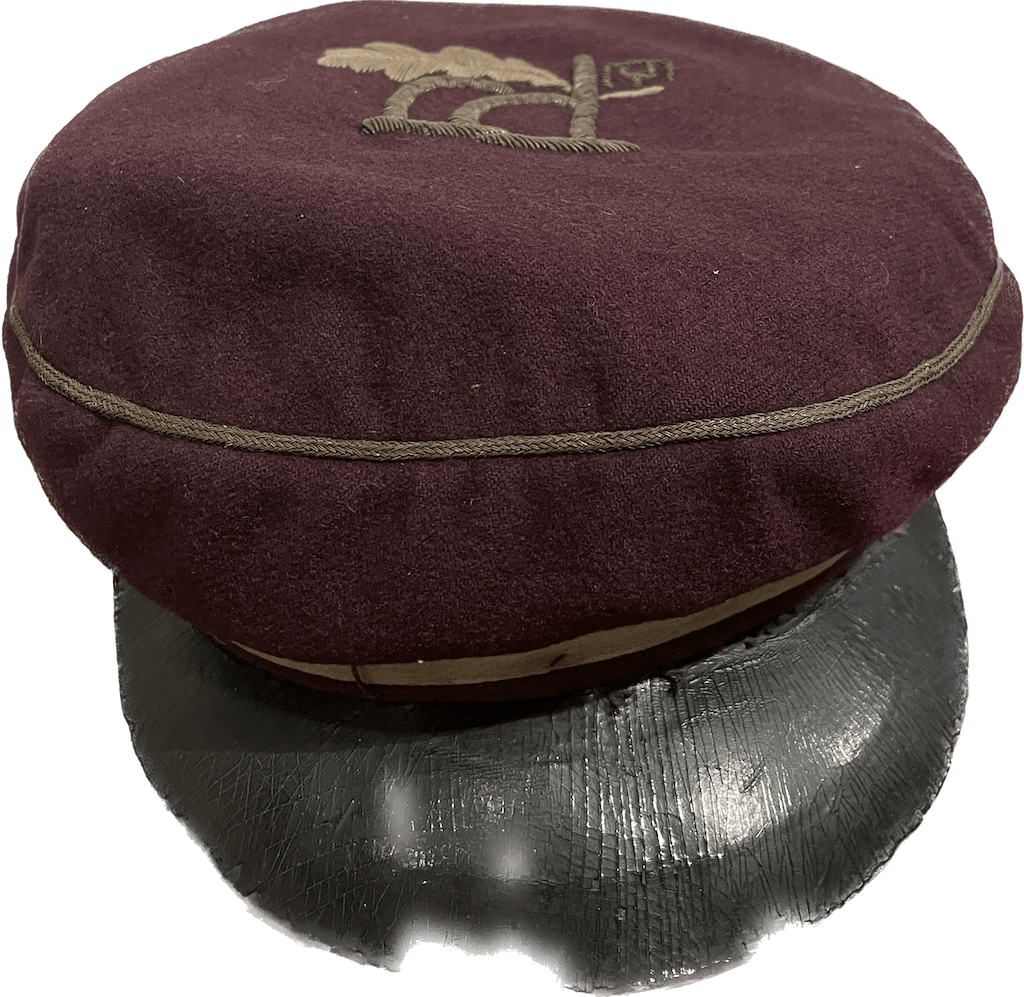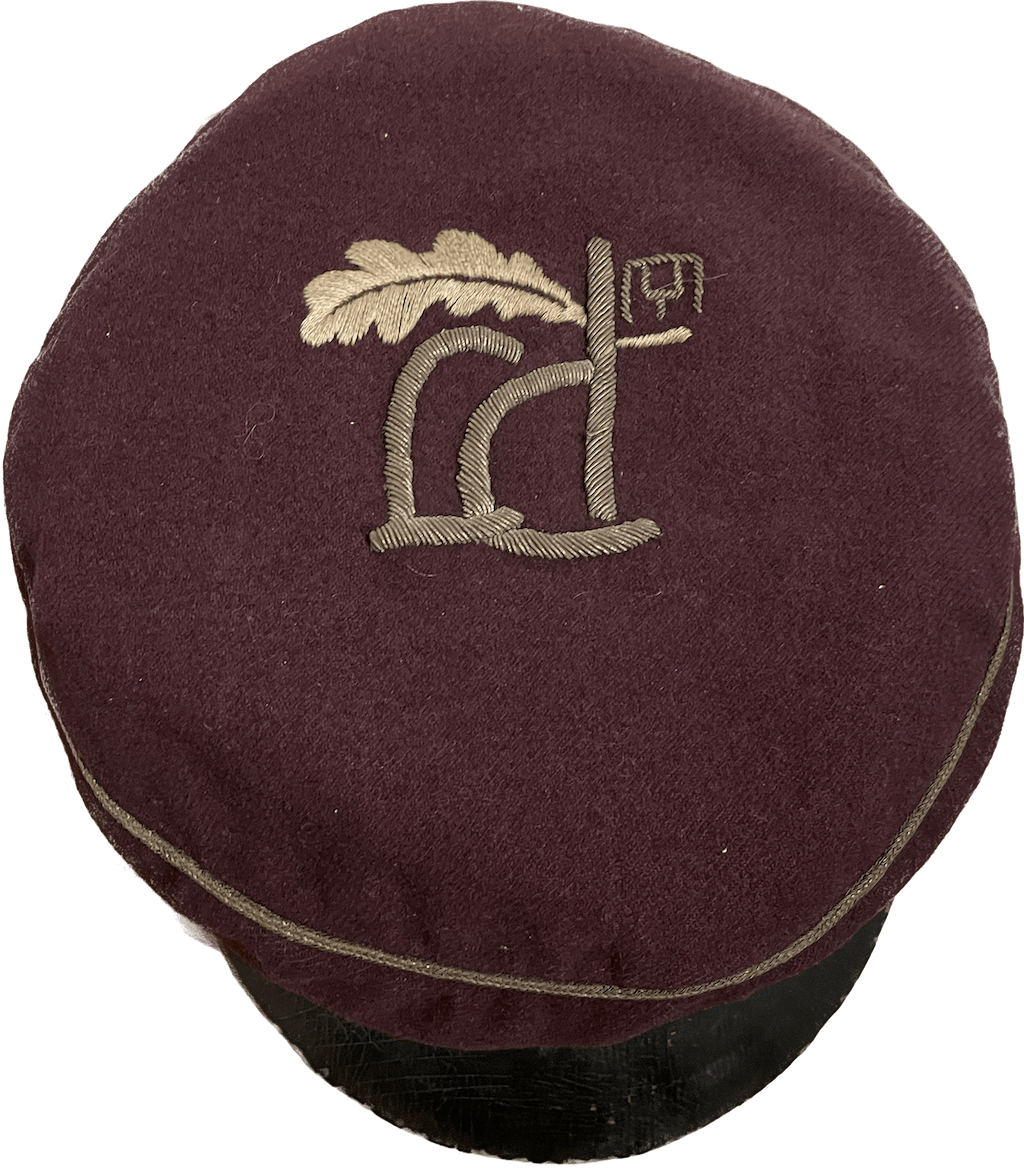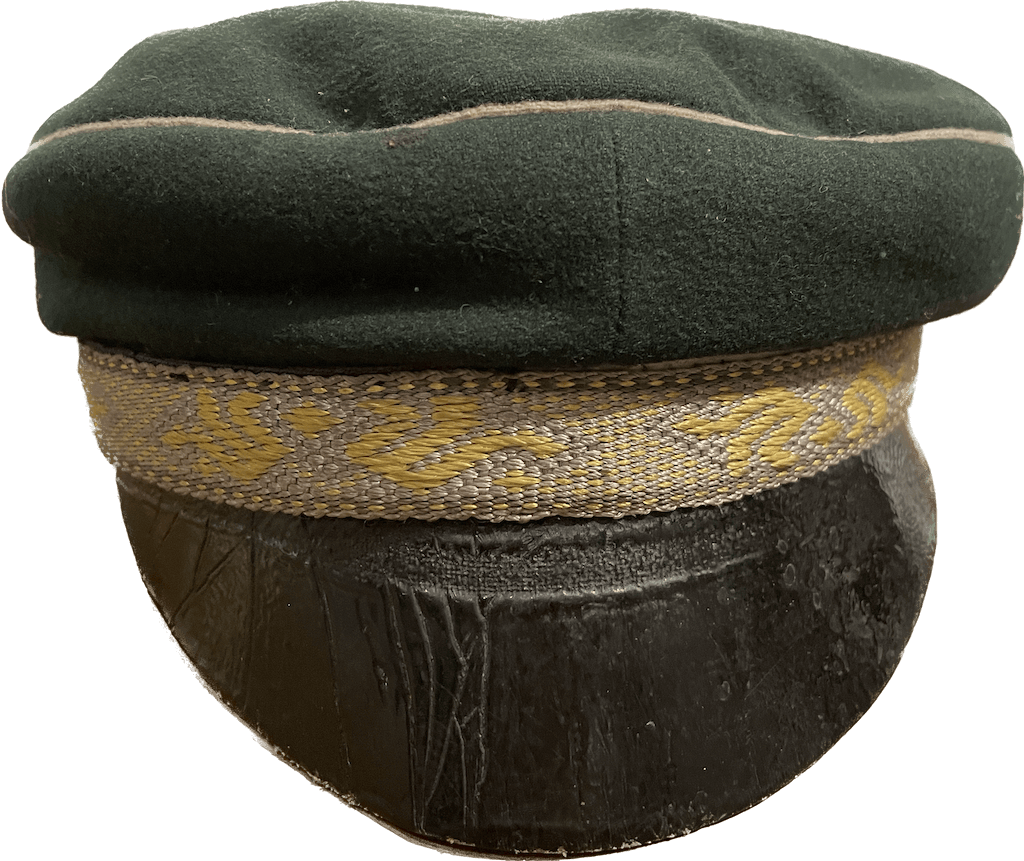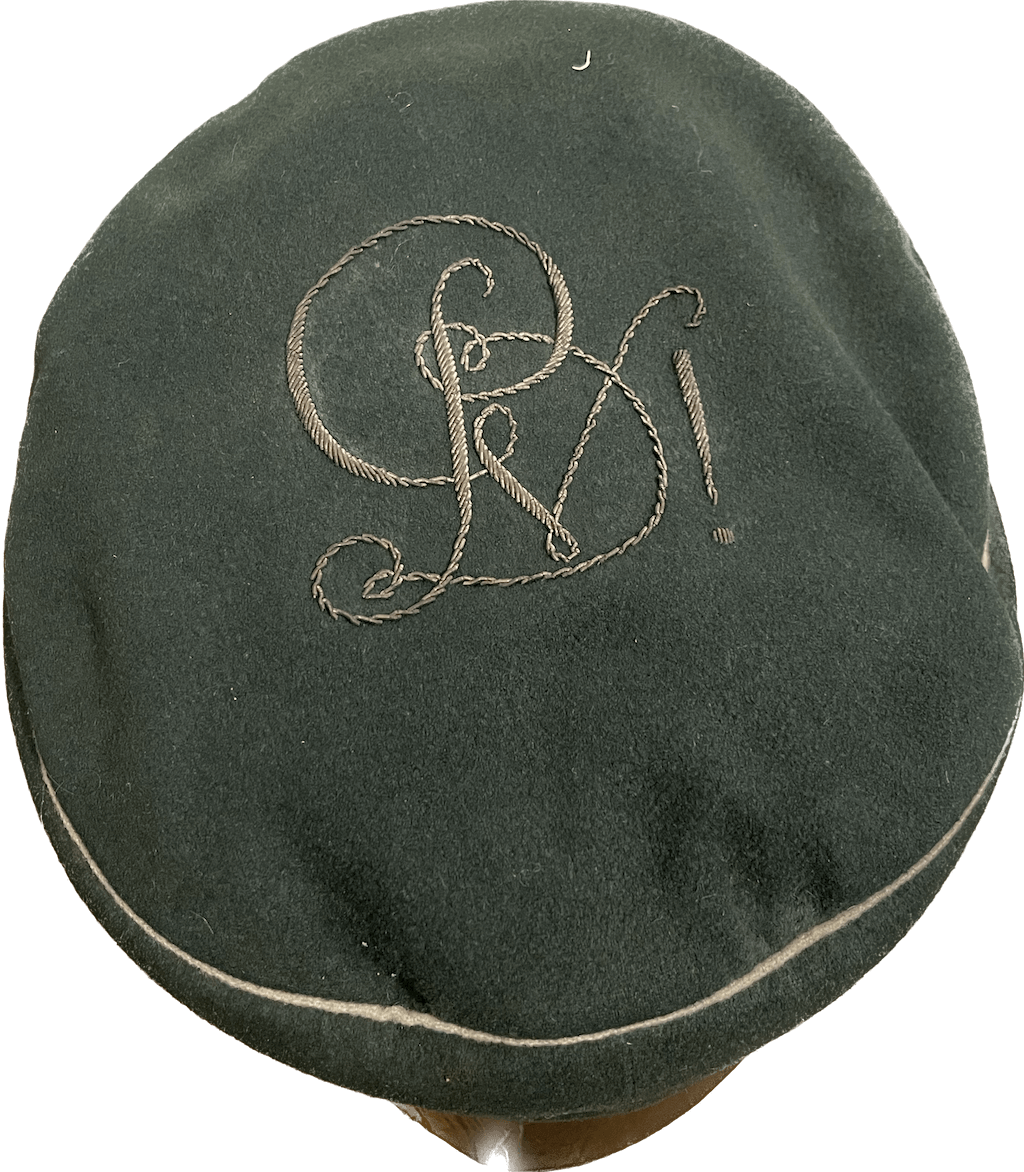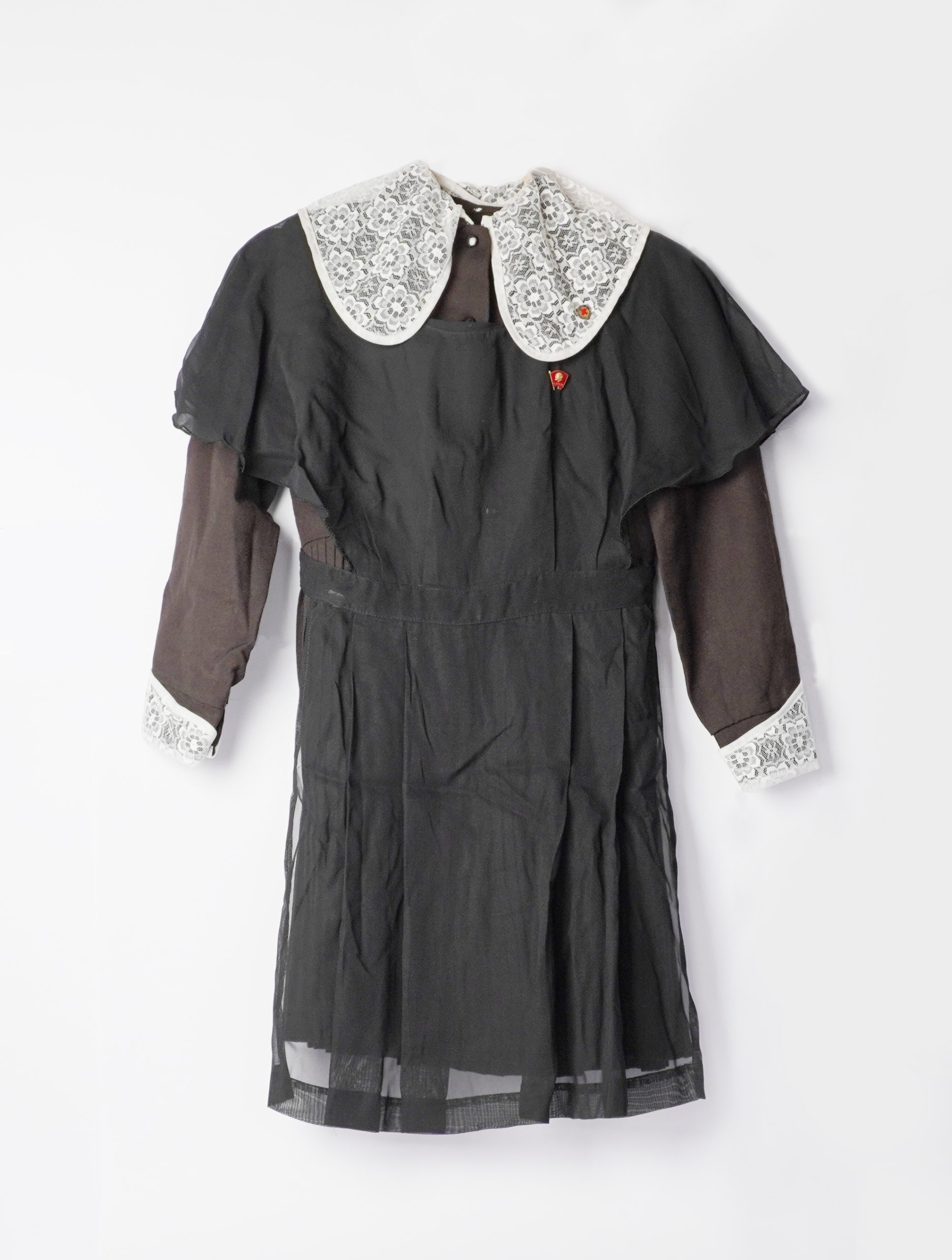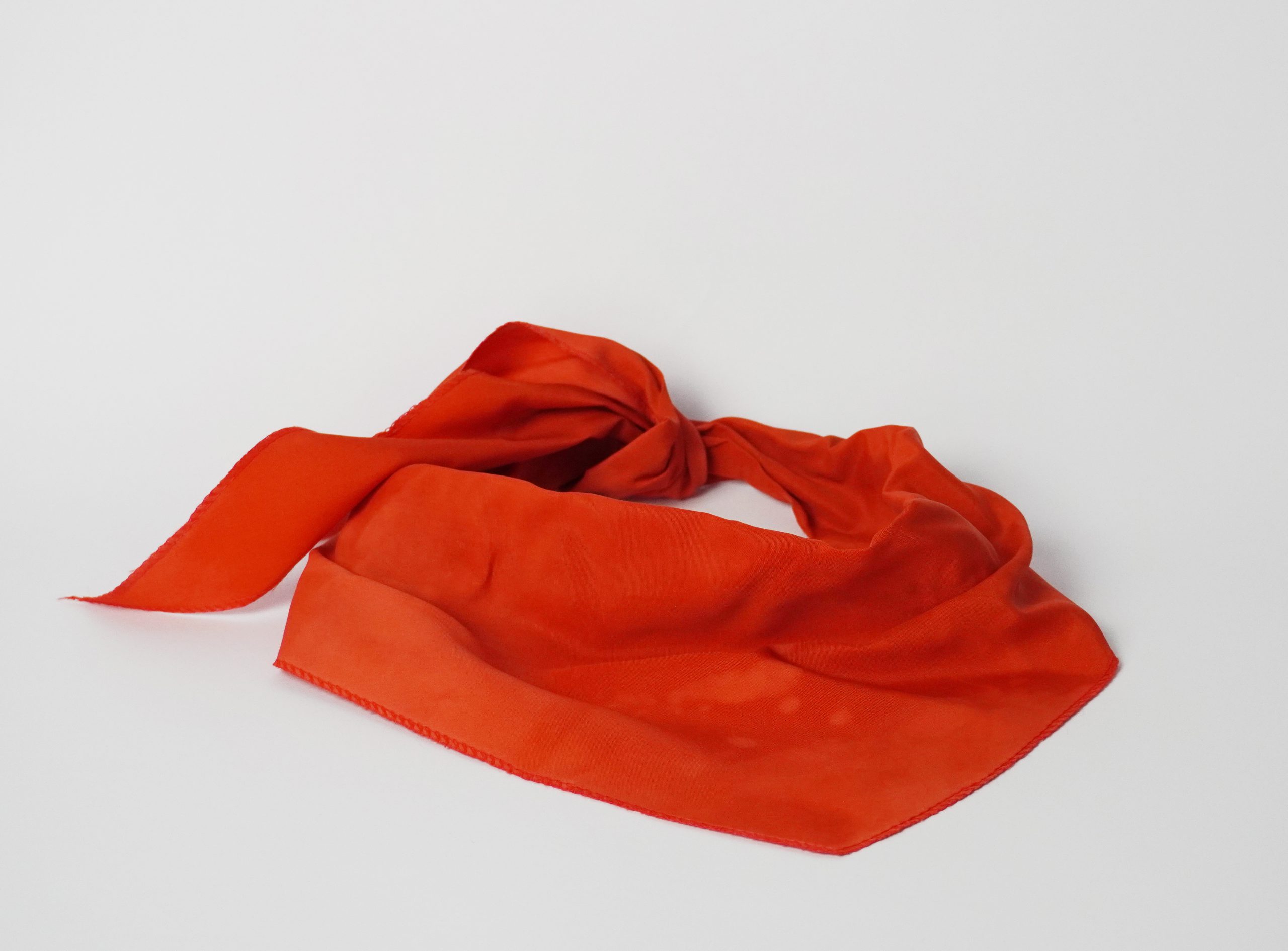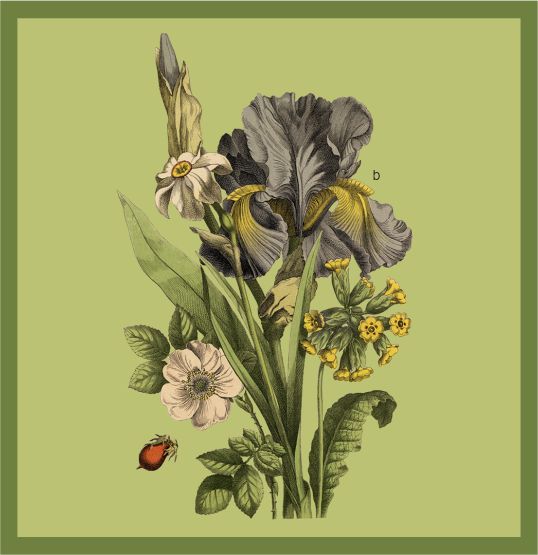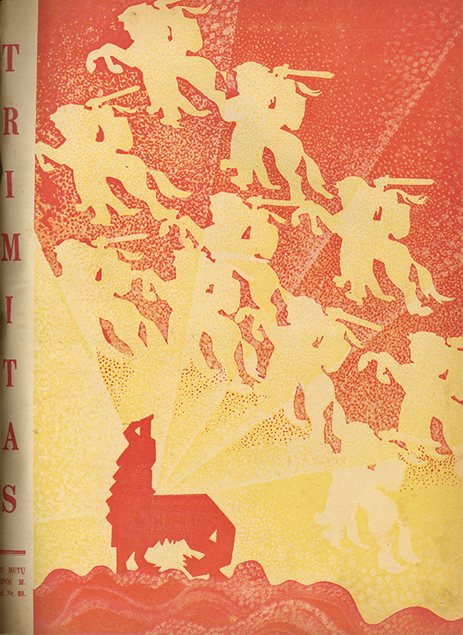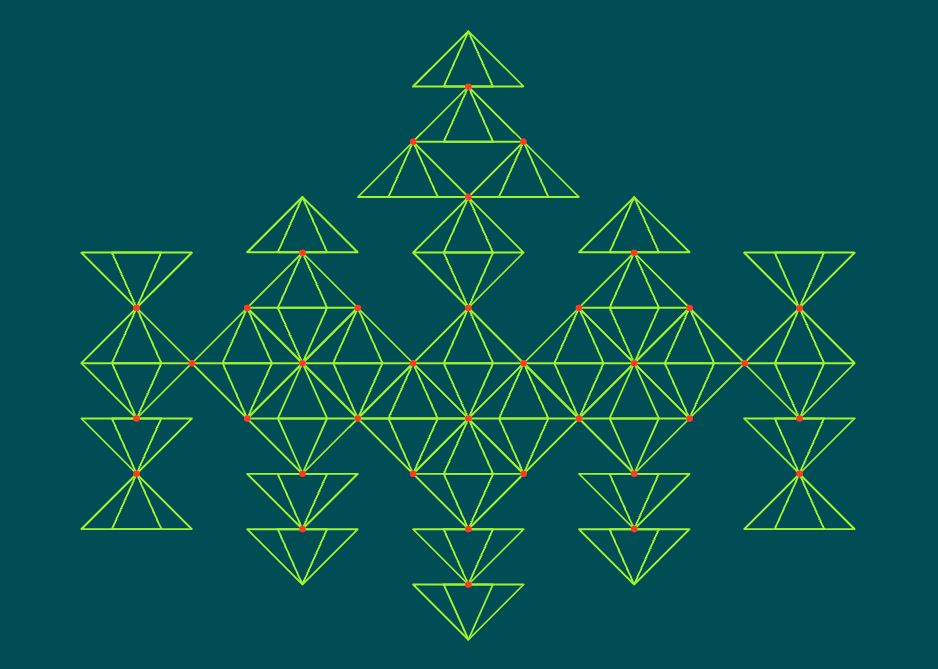One can wonder what purpose school uniforms serve in modern schools and whether they are still attractive, necessary, or whether the uniform is just a rudiment that has reached us from the past, no longer functional in the modern educational system. When raising such similar questions, it is often useful to turn to the past and explore the history of the uniform.
After the restoration of the independent state of Lithuania in 1918, the national education system was also created. An integral part of the idea or image of the educational system has also become a uniform. In the interwar period, the creation of uniform design was entrusted to famous artists and cultural figures of that time, for example, the uniforms of panevėžys girls’ gymnasium were created by sculptor Juozas Zikaras, writer, public figure Gabrielė Petkevičaitė-Bitė and Elena Jasinskaitė. All this suggests that in the interwar period, the design of uniforms was not given much attention. But what function did they actually perform?
During the period of existence of the first independent Republic of Lithuania, the function of school and higher education uniforms was to distinguish its Alma Mater from the crowd and create an image in society, so, in short, uniforms performed a representative function. The wearing of the uniform and its functions were often defined in the rules of educational institutions. Kaunas Jesuit Private Gymnasium also had such rules: “During school, the student wears the established uniform and has a personal certificate of the student with him.” The rules of the students often also defined the appearance of the students, their behavior, since the uniforms distinguished them from the crowd and the students had to properly represent their educational institution. The rules of the student of kaunas Jesuit private gymnasium emphasize: “The student’s clothes, shoes must be clean, cleaned daily, not torn, hair properly cut off, hands and shoes clean; buttons are kept stapled; books, notebooks and educational aids shall be kept clean and tidy.’; ” The student is always and with everyone polite. Having met a teacher or a familiar person, he greets him at school by bowing down, raising his hat neatly on the street. When talking with teachers or friends of science, he does not use upright and audacious words or expressions, avoids ugly movements, never keeps his hands in his pockets. Outside the walls of the school, students behave as politely as in school. On the streets, in the squares, they do not make noise, do not walk in squads and do not stand on the sidewalks; they keep their right side as they go and pass by the right, politely apologizing to what they accidentally touched.”.
Interwar uniforms also formed a common collective identity, and also broadcast the expectations of a young nation. Uniform badges and caps used both state and ethnographic symbols. Most often, state symbols were used in uniforms – gediminas pillars and the Jagiellonian cross, but regional symbols with state significance are also found, for example, the tower of Gediminas Castle and the iron wolf. Uniforms are also decorated with ethnographic symbols, as well as plant motifs: oak leaves, stylized tulips, lilies, etc. In the interwar period, school uniforms were not standardized. In each school, the design of the uniform or its parts varied, and the uniform itself was not common in every school.
During the period of the first and second Soviet occupation, the overall design of the uniform did not change drastically, but its details changed, as did the main function of the uniform. During the period of Soviet occupation, schools lost their signs of individuality and distinctive signs of uniform, the uniforms of all schools were unified. Uniforms in all schools began to be sewn according to one template, from the same materials. Badges and other distinctive attributes no longer made it possible to identify different schools, the uniform became a tool for demeaning, completely destroying individuality. Uniform black-and-brown uniforms, uniform pioneer headscarves and various ideological badges created the impression of an equal mass.
The virtual exhibition was prepared by Indrė Bočkutė, museum manager of the Lithuanian Museum of Education
